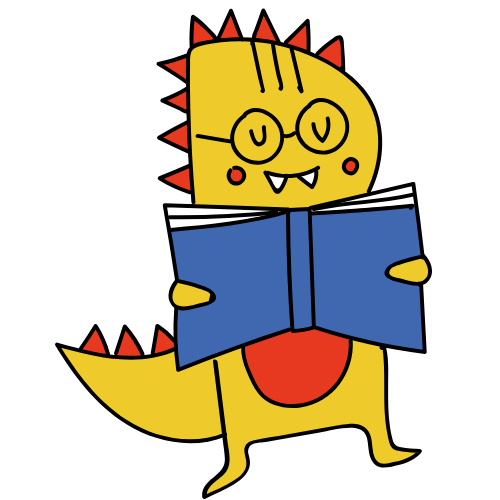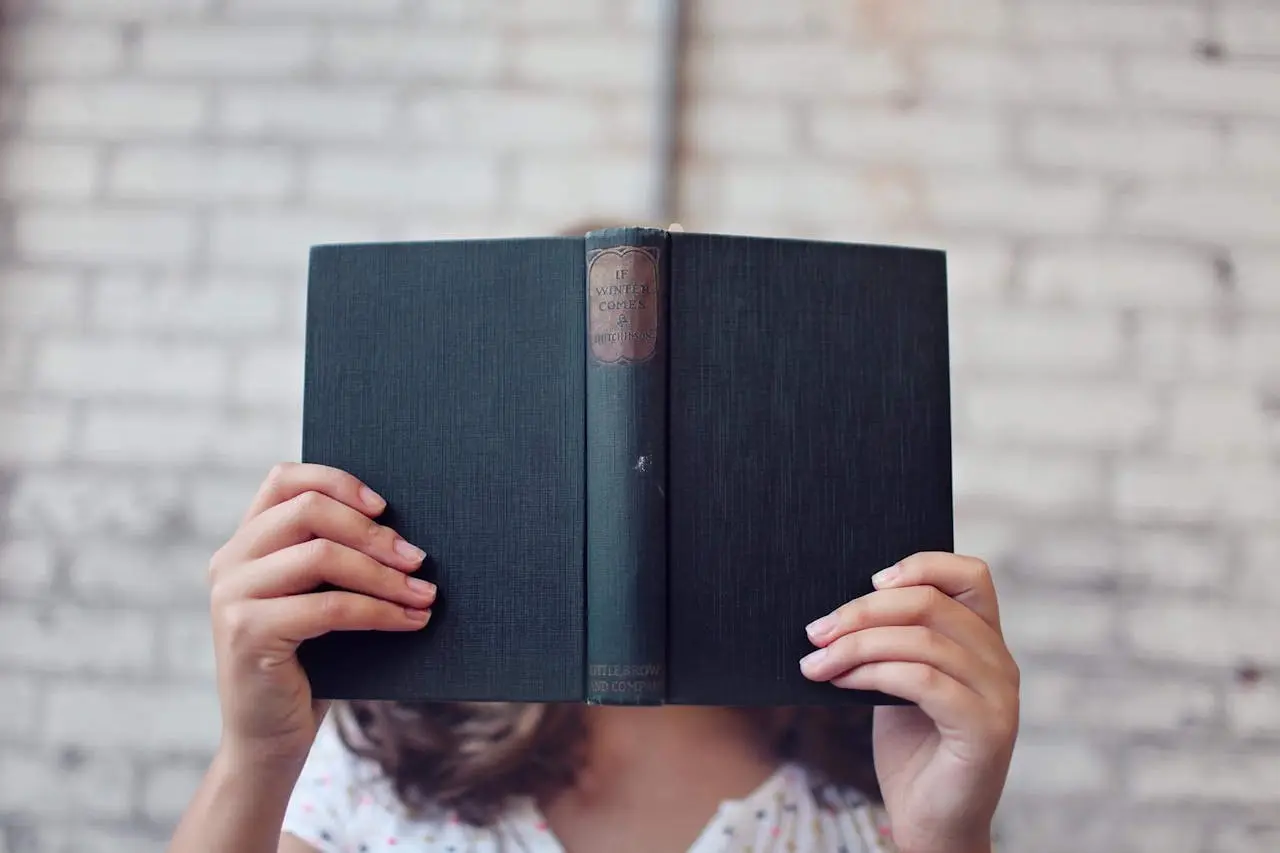When I first picked up a large print book, I’ll be honest, I thought, “This is going to take forever to finish.” The big, spacious letters made me feel like I was back in primary school reading practice books. But as I actually got into it, I started noticing something interesting: the experience was different, not necessarily slower, just… different. So, do large print books really take longer to read? Let’s unpack this together.
What Exactly Are Large Print Books?
Large print books aren’t children’s books (though they sometimes look like it at first glance). They’re designed with:
- Bigger font size (usually 16–18 point instead of the standard 10–12)
- More spacing between lines
- Thicker, fewer words per page
They’re created to help people with vision difficulties, dyslexia, or anyone who finds smaller fonts hard to read comfortably. But here’s the catch, more pages doesn’t always mean more time.
Do Large Print Books Take Longer to Read?
Let’s break it down:
- Technically, yes…
Because the text is larger, the same novel might go from 300 pages in standard print to 450+ pages in large print. So, you’ll turn more pages, which could feel longer. - But actually, not always…
Many readers (myself included) find large print easier on the eyes. You don’t have to squint, pause, or re-read lines as often. That comfort can make your reading flow better, which sometimes balances out the “extra pages” factor.
My Own Reading Flow with Large Print
Here’s what happened when I tried a large print edition of a mystery novel:
- With standard print, I read about 30 pages per sitting.
- With large print, I read about 50–60 pages per sitting, since the text felt breezier and faster to process.
- Even though the book had more pages, I didn’t feel like it took me longer overall, it actually felt smoother.
So while large print books may technically have more paper, the reading experience doesn’t always drag on.
Who Benefits Most from Large Print?
If you’re wondering whether you should pick one up, here’s where large print shines:
- Readers with eye strain or vision issues → You won’t need magnifiers or constant breaks.
- Late-night readers → Larger text means less squinting under dim light.
- Young readers or language learners → Easier to track sentences without losing your spot.
- Anyone wanting a relaxed, breezy read → Sometimes, it’s just nice not to struggle with small text.
So, What’s the Verdict?
Do large print books take longer to read? On paper, yes, because there are more pages. In reality, not necessarily. The comfort of larger text often speeds up your comprehension and reduces fatigue, which can actually make you read faster.
For me, the shift wasn’t about time at all. It was about comfort. And honestly? That’s a trade I’ll take any day.
Final Thought
If you’ve been hesitant about trying a large print edition because you think it’ll drag out your reading time, give it a shot. You might just find that you enjoy the flow even more, and your eyes will thank you.
Know Your Author
Hi, I’m Emon
I’m the voice and heart behind Whimsy Read. After nine years in the world of banking, I followed my passion for storytelling into the world of SEO and content strategy. Now, I blend that analytical eye with a deep love for literature to bring you book reviews that are thoughtful, honest, and always focused on the stories that stay with you.
When I’m not reading or writing, you’ll find me enjoying joyful chaos with my wife and three kids, getting lost in a new series, or revisiting my old loves: theater, music, and gaming. At the end of the day, I believe great books are meant to be shared, and I’m so glad you’re here to share them with me.







Leave a Reply